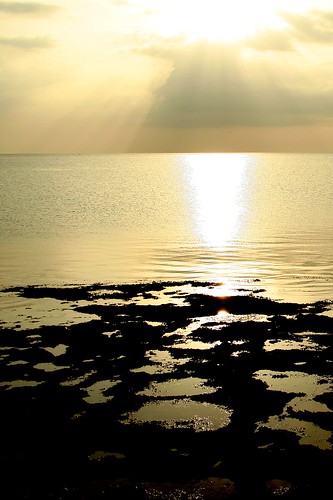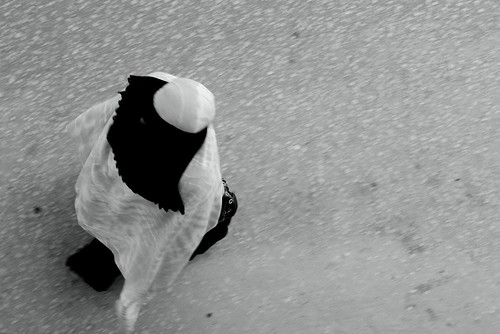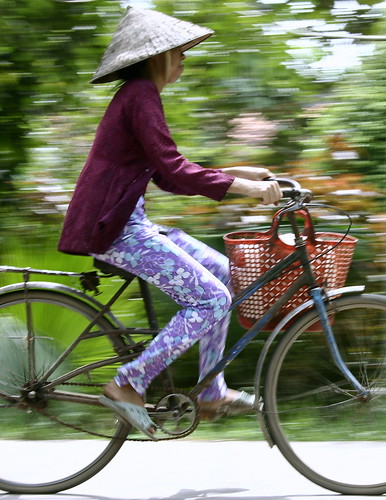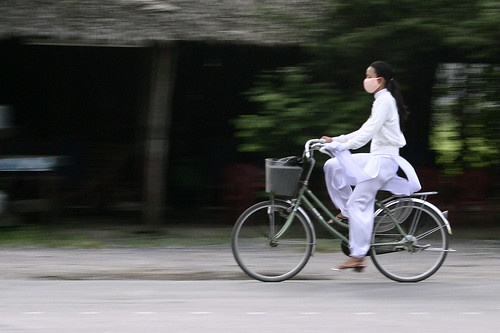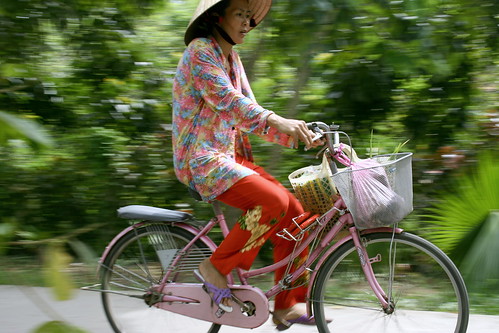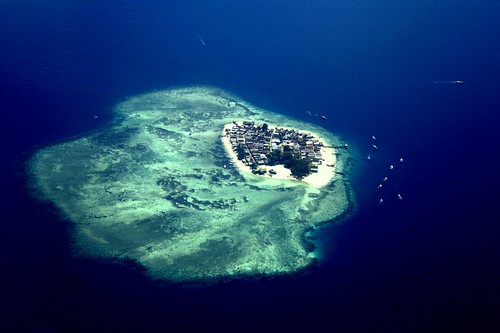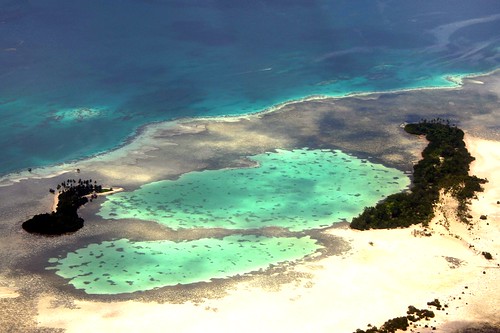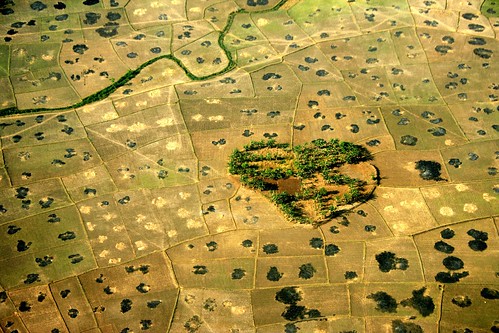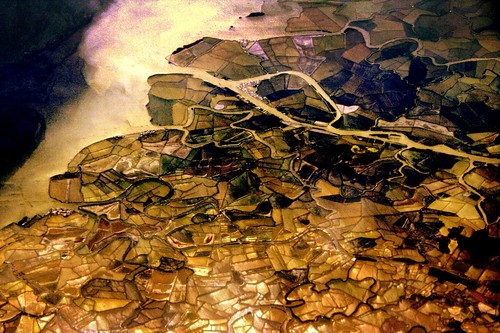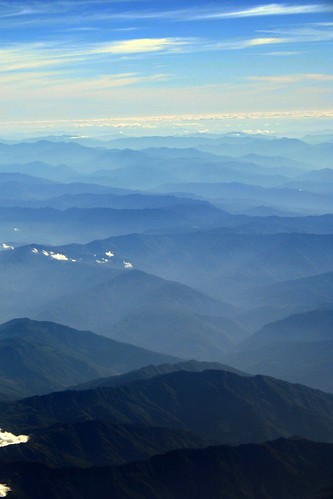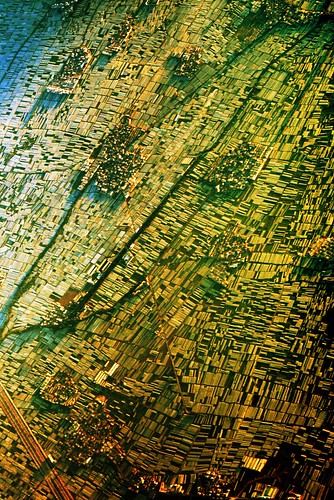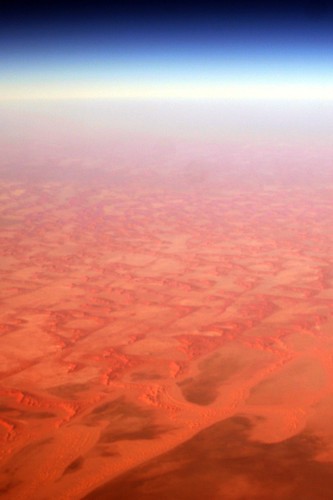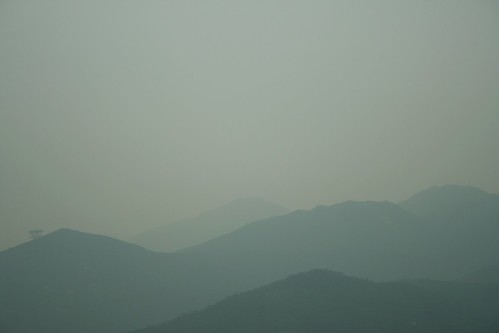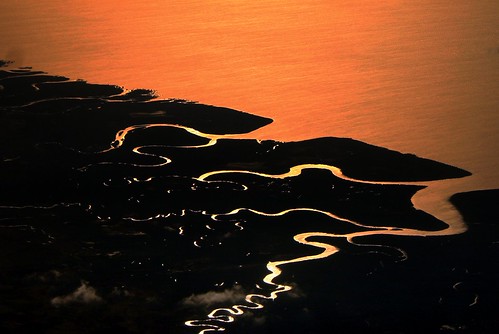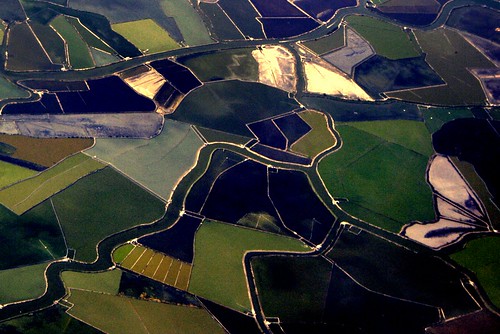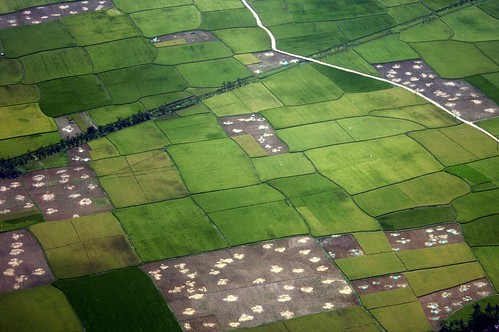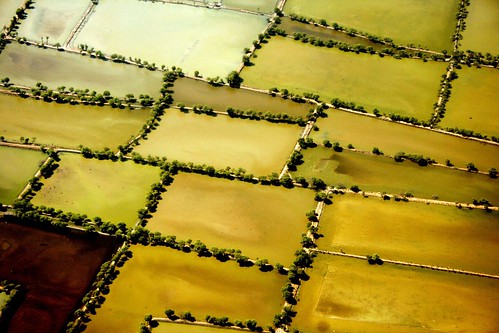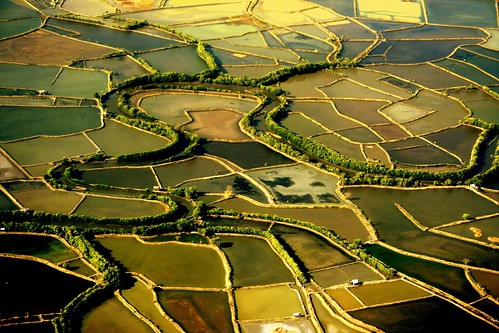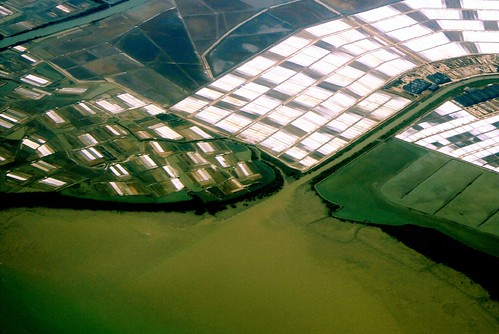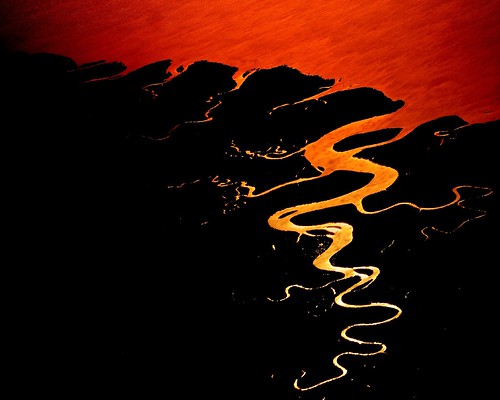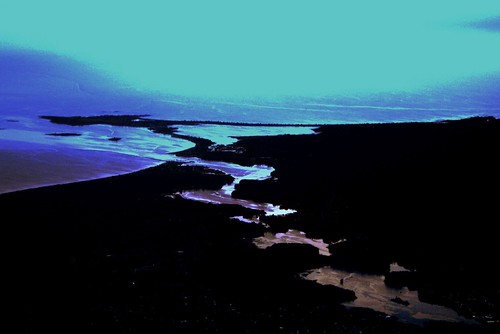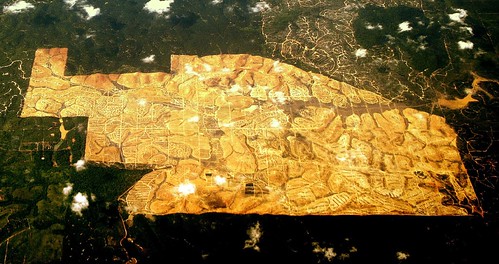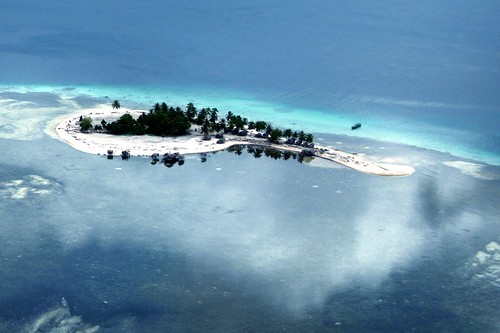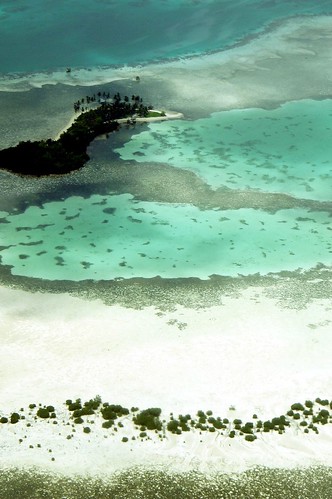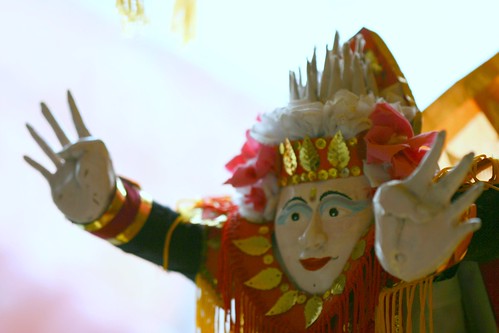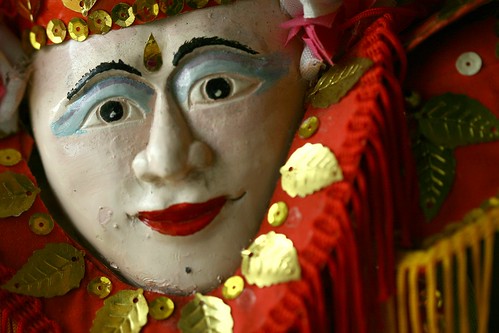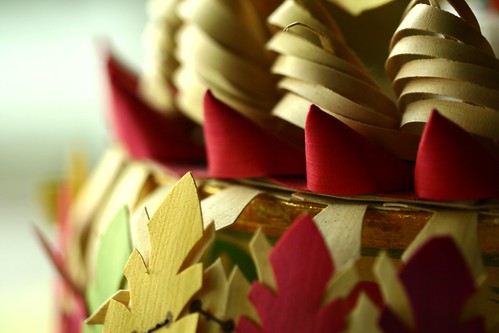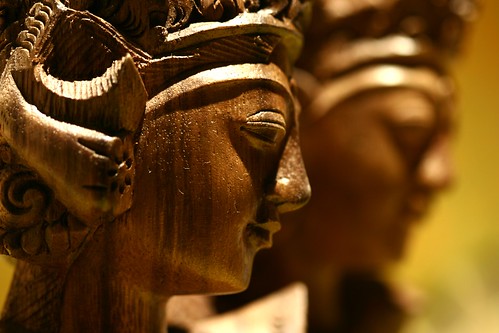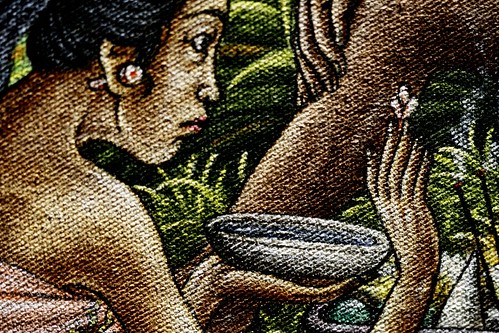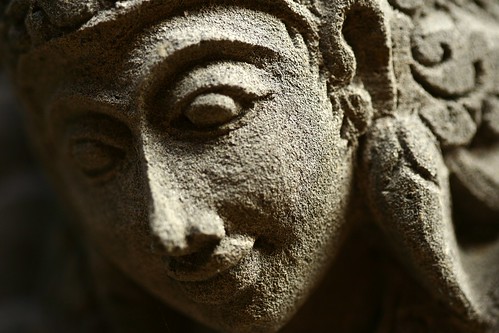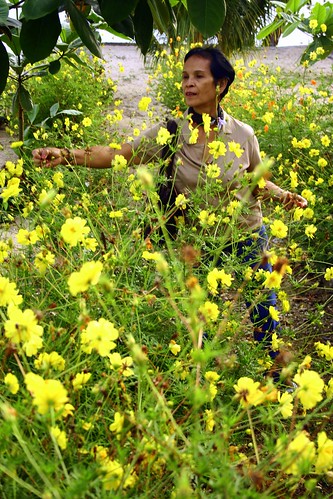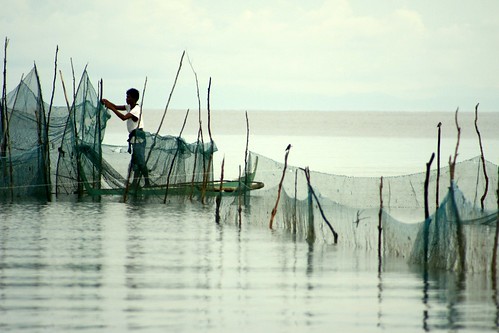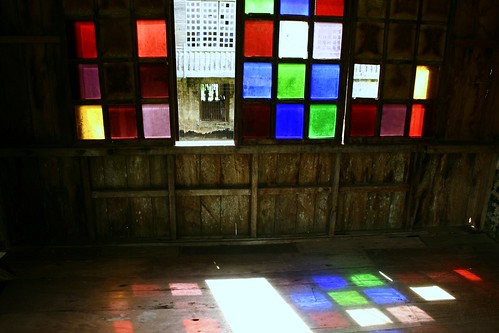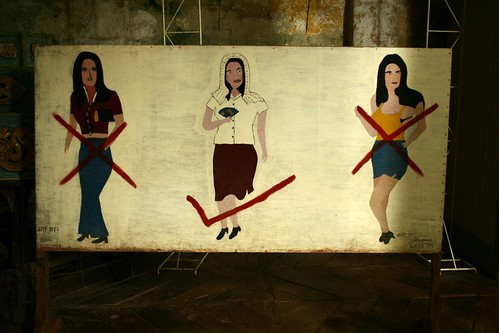having fun with flower macros
I have an avowed lackadaisical disinterest with flower macros. I’ve seen simply too many sensational flower macros in flickr that I don’t think I can add more to this colorful form of entertainment. On occasions though, when I am idle and when other photographic subjects are not available, I give in.
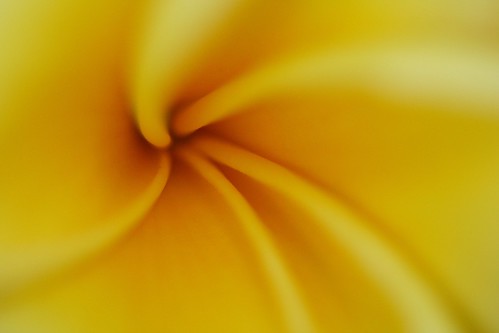
a kamboja (frangipani) macro in Sukawati, Gianyar, Bali, Indonesia
Canon EOS 350D Digital, 1/200s, f/2.8, 100mm, ISO 400, -1.0EV
As I would find out, macros, even when using the dedicated 100mm f2.8 macro lens, presented special challenges.
Composition. To remove extraneous elements which are distracting, I filled the frame entirely with the flower. Natural colors cannot be beat anyway and the hues of the flowers could be without comparison. I focused on an interesting point, say the pistil of a bougainvillea, the inner heart of the frangipani, or the petal edges of the gerbera, and had them swim in one singular color. I also flushed the focal points off-center to ensure more dynamic interest as a full central symmetry could be too static.
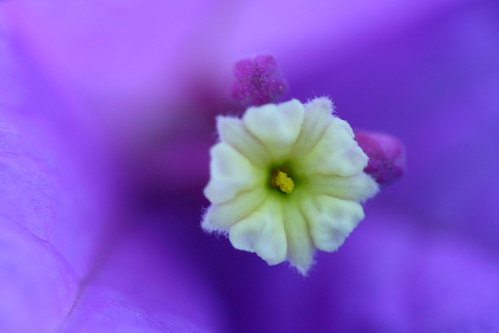
a bougainvillea macro in Selong, Lombok Timur, Indonesia
Canon EOS 350D Digital, 1/80s, f/2.8, 100mm, ISO 100, -1/3EV
Exposure . In this age of digital photography, the exposure of a photograph can be calibrated countlessly and in real time. I chimped a lot, which meant that I checked the output in the LCD of my camera immediately after taking the shots and did the adjustments thereafter. What I found out was that sometimes I had to underexpose the shot by several stops to get the right amount of light.
As in most of photography, daylight is your best friend. I could not shoot with a flash anyway as I often leave my Speedlite 380x behind when I travel. There is one indoor macro here though – the mum macro in Jakarta – and I had to jack up ISO to 1600. I was not about to setup my tripod inside the restaurant where I was having breakfast.
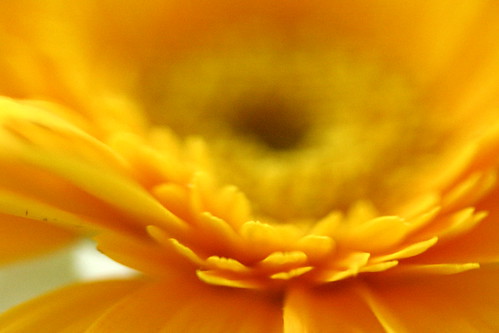
gerbera macro in Jakarta, Jawa Barat, Indonesia
Canon EOS 350D Digital, 1/60s, f/2.8, 100mm, ISO 1600
Manual focus. The macro lens has a pinpoint plane of focus and beyond this plane, the foreground and the background come to a blur. Autofocus then becomes a problem as the lens had trouble delineating sufficient contrast. I had to go full manual. To select accurately the focal point that I wanted, I had to move towards or away from the subject. This to me is the greatest challenge.
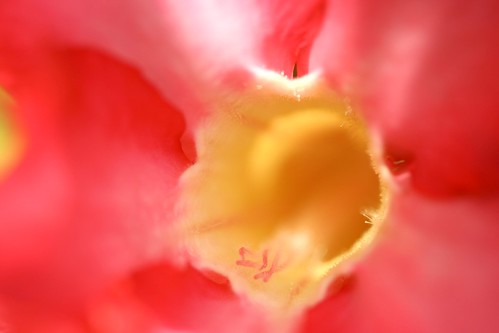
adenium macro in Pantai Mengiat, Nusa Dua, Bali, Indonesia
Canon EOS 350D Digital, 1/500s, f/2.8, 100mm, ISO 100
Although I still don’t find flower macros a photographic pursuit of my choosing, I have to confess that the pictures come out appealing, especially with the collage of the four macros. A final homage to the visual power of flowers I say. T’was definitely fun, if I may complete the verbal pun.

a collage of the macros presented below using picasa3






